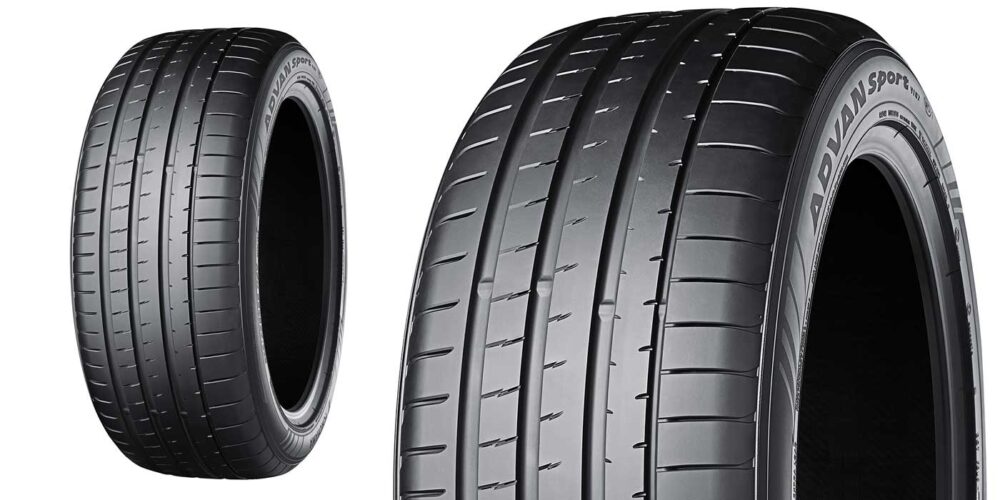Determining cost per mile is a useful analytic tool many fleets use to compare alternative tire program choices, from new tire brands/types and retread suppliers to service providers and other competing selections. There is, however, a very important issue to keep in mind to avoid misleading conclusions when comparing alternatives using cost per mile specifics. The key is to determine the exact factors to be included or excluded from the calculation. It is best not to include everything that is tire-related (from cradle to grave) to avoid too much or too complex of data, which can dilute the comparative numbers and increase the risk of missing or misinterpreting decision-making facts.
There is no industry standard for calculating cost per mile, which I believe is as it should be since the most meaningful information is often fleet-specific. For example, some fleets may treat the original equipment (OE) supplied tires as capitalized assets while others may consider them as expense items, with the respective costs assigned to different areas of the corporate P or L.
One key in such situations is to determine the specific area of responsibility and concentrate on the potential choices over which there is control. Front office decisions, which may affect tire-related costs AND can be swayed by maintenance or middle management, should certainly be pointed out as appropriate, but should not be the first focus.
Primary and easily identified costs to be included are: bulk new tire purchases for replacement, retread purchases, repair costs, warranty costs (or compensation), and disposal costs. Less obvious expenses are over-the-road tire purchases and repairs, tires fitted to trade vehicles, any enhanced maintenance practices required (e.g. tire rotation to achieve full wear potential), and tire type flexibility for fitment to different axles.
One common mistake in cost per mile calculations is using mileage projections based on early tread life data. Experienced tire field engineers caution that wear rates vary significantly with tread depth and that only data gathered from tires having approximately the same percentage of tread loss should be compared—and even then, these comparisons may be inaccurate. A better criterion would be to ensure (using published in-house and servicing vendor guidelines) that the tires can be worn, trouble-free, to the lowest acceptable pull point and not require early removal.
If the cost per mile analysis is based on older practices, it is likely that emphasis was placed on avoiding road delays, durability type failures and initial tire price. Today, most Tier 1 and Tier 2 tire brands have excellent wear and durability. It is also now well-recognized that life cycle costing (primarily long-term casing durability through multiple retreads) relegates initial tire price to a lower priority. This is true even with today’s high prices, which translates to treating tires more like manageable assets compared to the expense items of yesteryear.
Tire cost control should emphasized: select the best tires for vehicle configurations and service conditions, optimize maintenance practices and establish servicing vendor controls with the goal of maximizing tread wear-out and avoiding early “pulls” with remaining serviceable tread depth.
Enhanced fuel economy is a benefit of running these shallow, non-skid tires to their full potential, since these days they have considerably lower rolling resistance. This difference is generally equal to, or greater than, the differences among major tire brands of the same size/type. Nearly all modern radials wear at a slower rate (more miles per 1/32nd tread loss) when worn versus new. Many trouble-free miles remain on tires that may have been pulled early using older maintenance guidelines.
Once the inputs to cost-per-mile records have been selected, one question that should be asked by all maintenance managers is how to use this information most effectively. The simple, but often overlooked, answer is in combination with a properly conducted scrap tire analysis program. Used together, areas of opportunity for cost savings can be identified and addressed. Once this is done, more specific, drilled-down cost record comparisons can be useful to track expected improvements. This particular area is one where the assistance of a knowledgeable and experienced tire industry field engineer or similar helping hand can be invaluable.













